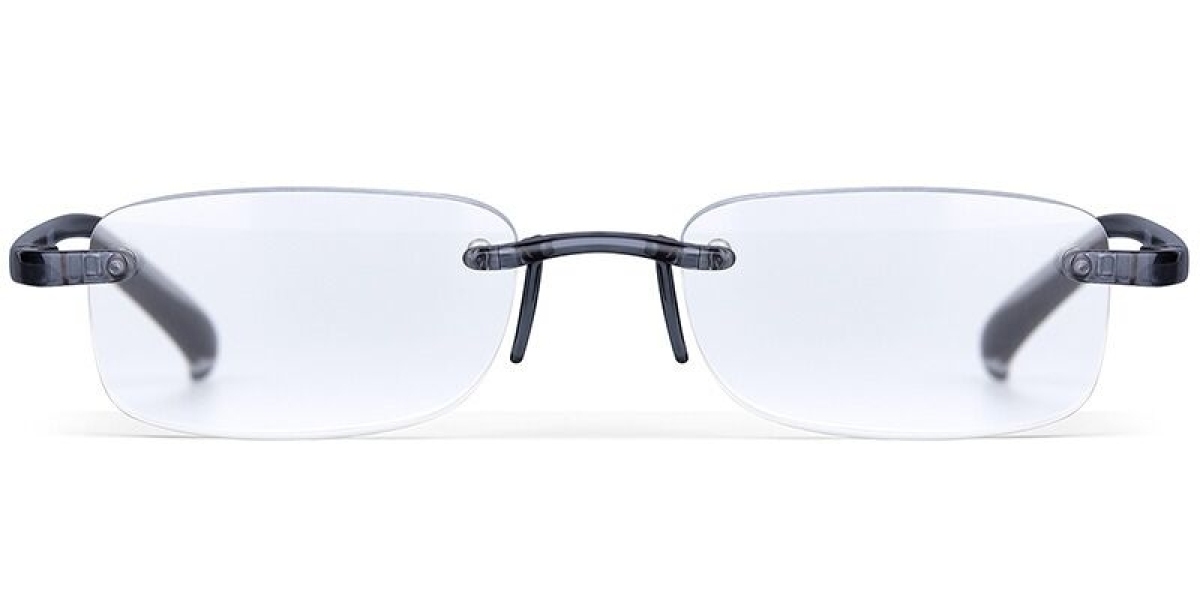Myopic glasses have been used by people with myopia to see the blurry world clearly since then. The technology of myopia childrens glasses has never rid itself of its single focus feature, and people are suffering from the deepening pain of myopia while obtaining a clear world.
Because traditional glasses only have one focal point, when looking at things, the imaging of surrounding objects falls behind the retina, which accelerates the growth rate of the eye axis and leads to deeper myopia.
Axial elongation is the fundamental cause of adolescent myopia, the growth of myopia in adolescents is mainly due to the rapid growth of the eye axis. The anterior posterior diameter of the eyeball is known as the eye axis. The eyeball focuses distant light on the retina through the refractive system of the eye, thereby seeing things.
Due to the long axis of the eye, the retina moves backward without any changes in the refractive system. When viewed far away, the focus falls in front of the retina, resulting in myopia.
When using ordinary children's glasses lenses for correction, the object image passing through the optical center point falls on the central retina. However, due to the lens having only one degree, the image is uniformly placed on the standard circumference, causing some visual sensing light to pass through the pupil and the object image to fall behind the retina, resulting in further axial growth of the eye.
The control mirror adjusts the direction of visual sensing light in other directions while the object passing through the optical center point falls on the central retina, making the object completely located on the retina, effectively controlling the growth of the eye axis and delaying vision decline.









